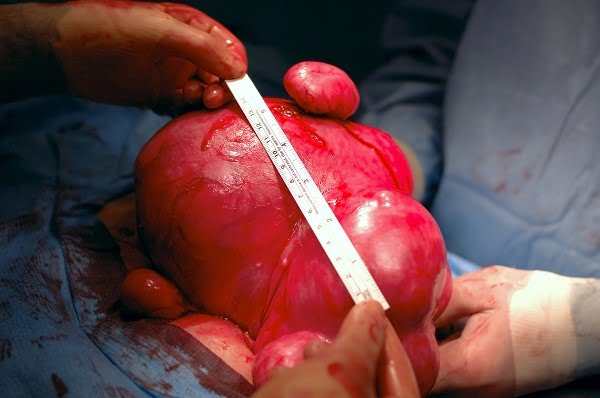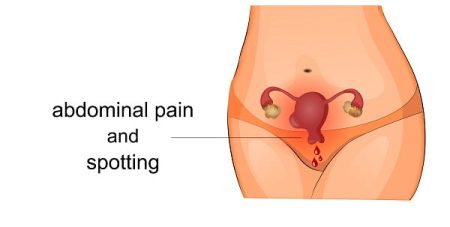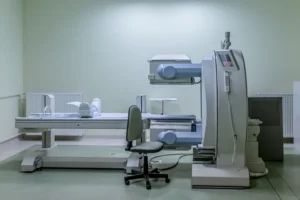What Are Uterine Fibroids?
- Updated on: Jun 29, 2024
- 2 min Read
- Published on Feb 27, 2020

Overview of Uterine Fibroids
The most commonly observed tumors or abnormal growth of the female reproductive system are uterine fibroids. These are mainly formed in or on the uterus.
These are firm, compact tumors that are made of smooth muscle cells and fibrous connective tissue and are seen to develop in the woman’s uterus. These are also known as uterine myomas, leiomyomas, or fibromas.
The sizes of fibroids may vary, from the size of a pea to the size of a softball or small grapefruit. It can be single or multiple. In exceptional cases, the multiple fibroids can expand the uterus until it reaches the rib cage. These are mostly round in shape.
Almost all women develop fibroids by the age of 50, but most women do not show any symptoms. These are mainly seen in the reproductive years while the estrogen levels are higher. They eventually shrink when the levels fall down. These tumors are benign (noncancerous) growths formed within the tissues of the uterus.
The exact cause of fibroids is unknown; however several factors such as hormones and family history may influence their formation. Individuals who are obese or overweighed are more prone to get them.
Some women with it show no symptoms. Others with symptoms find it difficult to adjust with them because of severe pain and heavy bleeding. Treatment of uterine fibroids is decided by a doctor based on the symptoms an individual experiences.
Types of Uterine Fibroids
Depending on the locations of the uterine fibroids (in and on the uterus), various types of fibroids are defined. Treatment as well as the severity of symptoms also depend on their respective locations in, on and around the uterus.

This is a massive (2500 grams, 5.5 pounds) diseased human uterus with fibroids.
Intramural fibroids
Intramural fibroids mainly develop in the wall of the uterus and are the most common of all types. These fibroids usually do not appear to cause any problem unless large in size. Often they do not require treatment at all, but various alternative therapies are available for them.
Subserosal fibroids
These fibroids mainly develop on the serosa, which is the outside portion of the uterus. These can be also be connected to the uterus by a stalk. As they grow larger in size, they can cause pain due to their size or pressure put on nearby organs. Once they grow in size, they can be removed by laparoscopic methods.
Submucosal fibroids
These fibroids grow in the middle muscle layer just underneath the uterine lining. When developed, these fibroids can get crowded into the uterus cavity thereby causing severe bleeding (during menorrhagia and also in between the periods), cramps and other major risks. However, they can be easily removed by a procedure called hysteroscopic resection without an incision.
Pedunculated fibroids
These fibroids develop on small stalks inside or outside the uterus.












